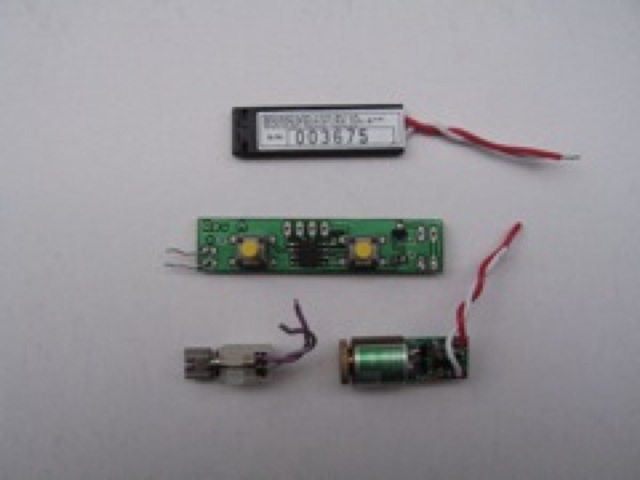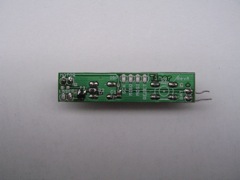|
|
OverviewTeachers Timer is an innovative and discrete timing device for assisting teachers and lecturers. Using cell phone style vibrations and a simple one-button interface the user can be alerted to the passage of time without staring at the clock. For lectures and presentations the device can also include a laser pointer that will gently fade in and out to alert the user. The key to this design is simplicity. The motivation came from the need for a simple timer that could be operated without looking or even thinking. When teaching I sometimes found it hard to remember what time I started a particular section of a presentation or lesson, no number of subtle glances at my watch or a distant wall clock would give me that information. In order to track time accurately I needed to be looking at the clock every five minutes or so. Having to think about the passage of time although a very simple task could be enough of a distraction to cause me to lose my exact train of thought. The idea is simple: it vibrates in your hand and you click the button to “snooze” the alarm, moving on to the next subject. No looking. No thinking. The original device did not include a laser pointer but it seemed a natural extension as something that might be in your hand while using the device. The device could easily be constructed without a laser pointer to make it even simpler and smaller. I chose an ATtiny13 due to its low cost, suitable features (multiple timers) and low power consumption. The vibration alert comes from a small cell phone motor, which can be purchased from many electronics surplus suppliers. The device has two buttons. The first button controls the laser pointer, one click to toggle the laser on and off. The second button controls the timer. Each click adds five minutes to the countdown or holding the button for one second will clear the alarms and turn the device off. More documentation and downloads are available at Circuit Cellar
Photos 1 and 2 above show the original prototype with some of the parts used during development. The cell phone motors used in the project were bought cheaply from electronic surplus suppliers for around $1 US. |


